
- Permbajtja
- prev
- next
- prev
- next
Highlight: Virgil Abloh
Virgil Abloh (September 30, 1980 – November 28, 2021) was an American fashion designer and entrepreneur. He was the artistic director of Louis Vuitton's menswear collection beginning in 2018, and was given increased creative responsibilities across the LVMH brand in early 2021. Abloh was also the chief executive officer of the Milan-based label Off-White, a fashion house he founded in 2013.
A trained architect, Abloh, who also worked in Chicago street fashion, entered the world of international fashion with an internship at Fendi in 2009, alongside American rapper Kanye West. The two then began an artistic collaboration that would launch Abloh's career into founding Off-White. The first African-American to be artistic director at a French luxury fashion house, Abloh was named by Time magazine as one of the 100 most influential people in the world in 2018. Abloh's design aesthetic which bridged streetwear and luxury clothing was described as transformative by The New York Times. According to The Wall Street Journal, he reached a level of global fame unusual for a designer — an inspirational figure, said the BBC.
Early life and education
Virgil Abloh was born on September 30, 1980, in Rockford, Illinois, to Ghanaian immigrant parents. His mother was a seamstress and his father managed a paint company. From his mother, he learned how to sew. Abloh was raised in Rockford, where he attended Boylan Catholic High School, graduating in 1998. He graduated from the University of Wisconsin–Madison in 2002 with a Bachelor of Science degree in civil engineering. He received his Master of Architecture at the Illinois Institute of Technology (IIT) in 2006. When Abloh was attending IIT, there was a building on campus under construction designed by the architect Rem Koolhaas (who had also worked on runway collections for Prada) which helped spark his interests for fashion. While studying architecture, he designed T-shirts and wrote on fashion and design for a well-known blog, The Brilliance. Abloh first met popular musician Kanye West while working on his designs at a Chicago print shop.
Career
2013–2017: Off-White and mainstream success
Abloh founded his first fashion house and second business overall in 2013 with the high-end streetwear brand Off-White, designing a logo inspired by Ben Kelly. Based in Milan, Italy, the company was described by Abloh as "the gray area between black and white as the color off-white" to investors and fashion critics. During the launch of his brand, he received help from the New Guards Group, who also assisted many other designers and brands, such as Palm Angels, Heron Preston, and Marcelo Burlon. Abloh said his first Off-White collection was inspired by Ludwig Mies van der Rohe's floating glass home, Farnsworth House, and presented it with references to the Baroque artist Caravaggio and the early 20th century German design studio The Bauhaus. The brand lead generated widespread attention for his apparel beginning in Paris, then expanding to China, Tokyo, Japan, and the United States. The clothing line can be identified through its use of quotation marks, zip-ties, capital letters, and barricade tape. He launched the company's women's wear line in 2014 and showed the collections at Paris Fashion Week. His line was selected as a finalist for the LVMH Prize, an industry award, but lost to Marques'Almeida and Jacquemus. Abloh launched his first concept store for Off-White in Tokyo, Japan, where he started the company's furniture arm, Grey Area. Through Abloh's re-designing he exercised his self-made rule of only editing the shoes 3% of the way because he was intrigued by still maintaining the original design of the shoe.
“To me, it’s not so much about mastering a field or a form,” says Abloh. “It’s more about creating something that doesn’t already exist, or taking something that does and making it new. Sometimes that happens with the help of a partner. If I can bring an ounce of a new idea to something, I say that’s a win.”
The common denominator throughout his career, though, has been architecture. Design principles originating in the built environment have been taken by Abloh and deliberately cast across a wide range of creations. This was clearly apparent at his career-spanning retrospective exhibit, “Virgil Abloh: ‘Figures of Speech,’” at the Museum of Contemporary Art in Chicago (MCA). His frequent use of transparency, patterns and graphics derived from common urban signage, and the centrality of prototyping in his creative process speaks to Abloh’s training in modern architecture.
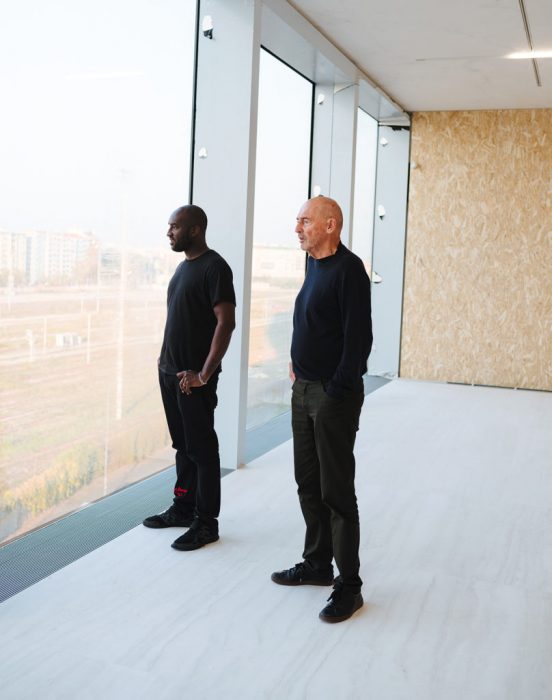
The designer reflects: “A lot of what I know and the way I approach things comes from what I learned at OMA under Rem Koolhaas. Back then, they were creating in a way that looked beyond buildings as places, but as affecting the landscape of culture through this lens of architecture.”
Nodding to his admiration for Modernist German architect Ludwig Mies van der Rohe, the functionality of Abloh’s work is readily apparent. For him, design is as much about the process as it is about the final product, which he achieves by deconstructing established norms, calling attention to what is there, and questioning it. At the end of this process lies something new that can be reinterpreted and ultimately inform its user.
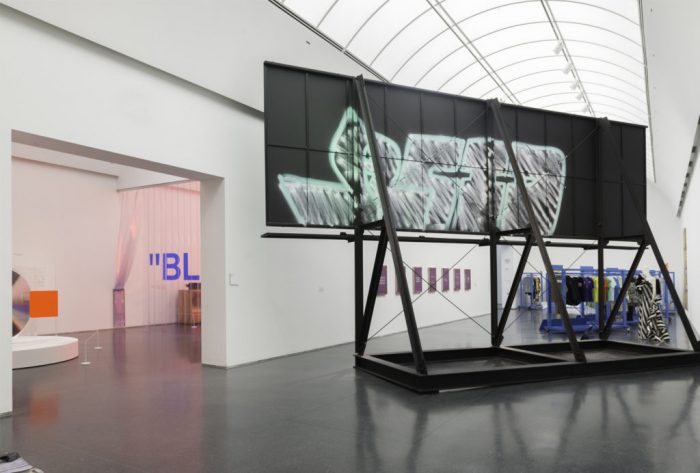
For example, his work with audio company Pioneer DJ, features a transparent version of his preferred turntables that reveals the device’s internal parts, now a “piece” at the MCA. His collaboration with Swiss furniture company, Vitra, presents a brick or “ceramic block” whose use has been readapted into a household accessory. For Abloh, creating something new comes down to surveying and refining, which can explain the high volume of projects he’s constantly undertaking.
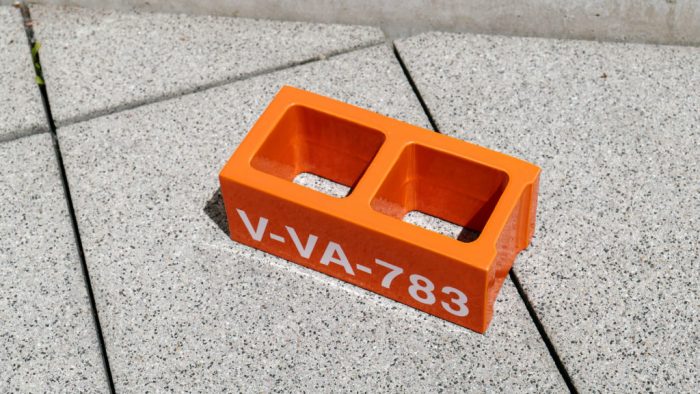
Collaborates With IKEA
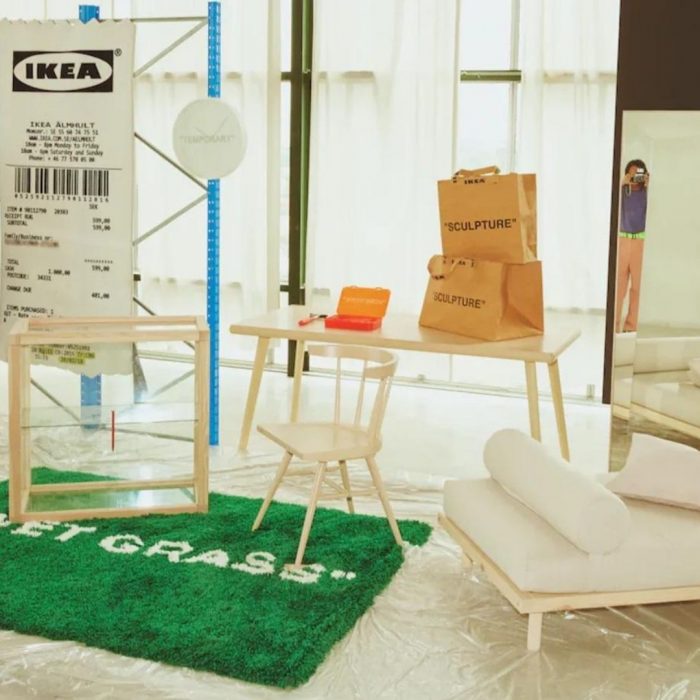
In November 2019, Virgil Abloh launched his MARKERAD collection of home goods with IKEA. The affordable items, which included numberless wall clocks, wooden chairs with door stops on the legs, and backlit prints of the Mona Lisa, each further democratized Abloh’s takes on luxury design. Perhaps the most sought after items from the drops were the rugs made to look like a giant IKEA receipts, patches of “WET GRASS,” and persian rugs with “KEEP OFF” ironically printed at the center.
MCA Exhibit
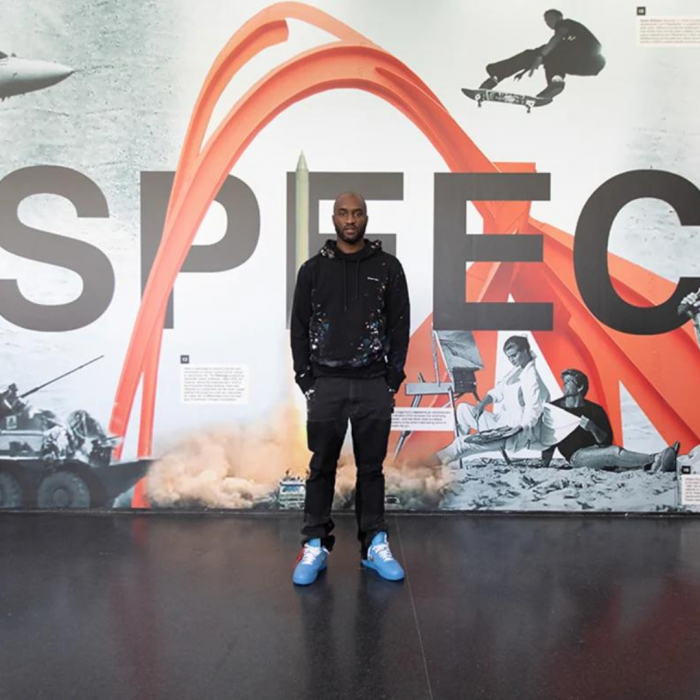
On June 10, 2019, Virgil Abloh’s “Figures of Speech” exhibit opened to the public at the Museum of Contemporary Art Chicago, a tangible testament to just how much the man was able to create. Among the highlights included images of fellow Chicago legend Chief Keef in an unreleased Supreme Box Logo t-shirt bearing the colors of the Pan-African flag, a table displaying dozens of sneaker samples ranging from Air Jordan 4s to Air Prestos, a sector dedicated to Pyrex Vision complete with a projection of the original ad campaign, and displays showcasing arguably his most well-known album cover work, Yeezus. Along with the exhibit, which ran until Sept. 29, 2019, Abloh made sure to give fans who may not be able to attend the space a piece of his vision through special apparel drops ranging from all-blue pairs of his Off-White x Nike Air Force 1 to neon-colored trucker caps bearing Off-White signature arrows logos.
Releases “The Ten” Collection With Nike
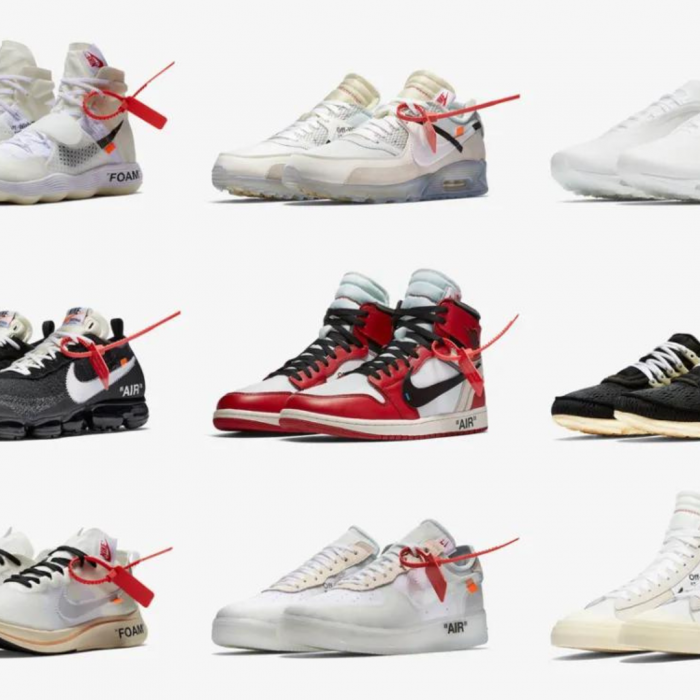
Abloh’s collaborations with Nike redefined hype. While not everyone may have liked all of them everyone wanted at least one of them. They became a status symbol for a new generation. And although hype and exorbitant resell prices were attached to his work, that was far from his intention. He just wanted to make items that had meaning.
Launches Off-White
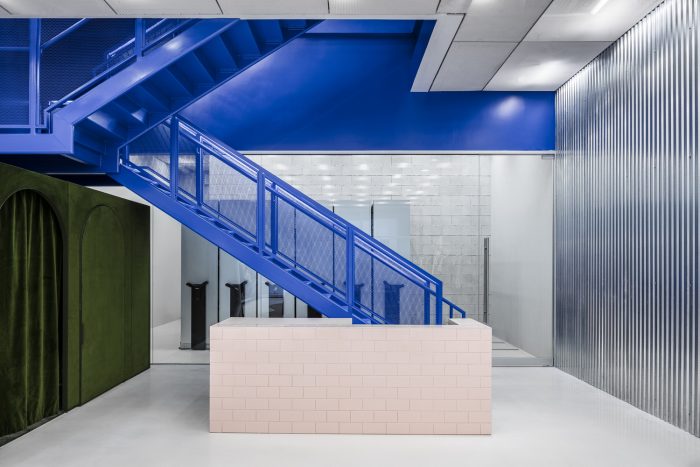
In the heart of the city’s dynamic and expanding Design District, the bi-floor space has been designed by Off-White’s founder and creative director, Virgil Abloh together with AMO—the boundary-pushing research and design branch of the renowned architecture firm OMA led by Samir Bantal. The collaboration between Abloh and AMO represents an ongoing dialogue between the two that was sparked by the jointly developed exhibition Figures of Speech.